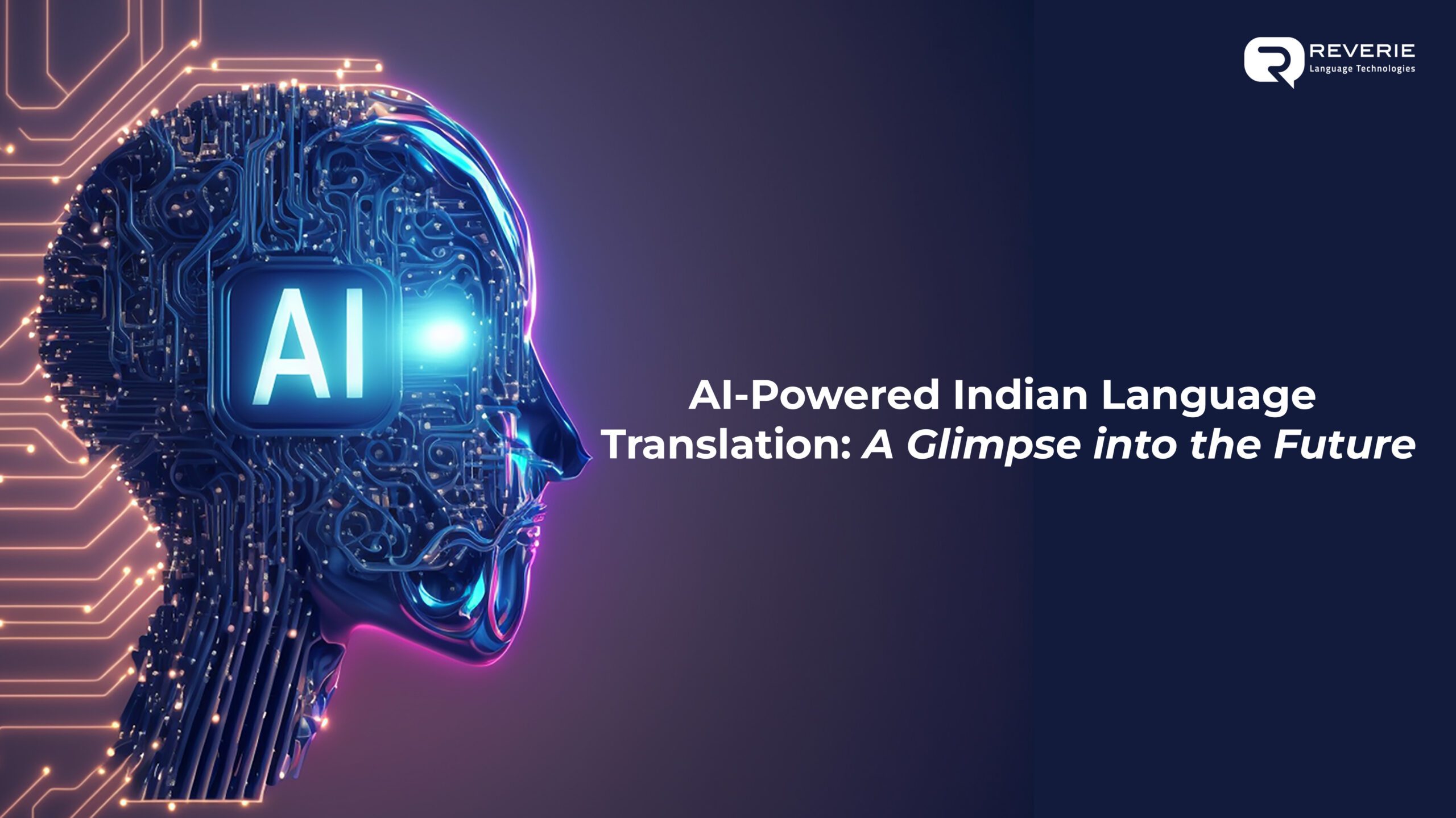The internet and advancements in communication technology have made it possible for businesses to transcend geographical borders. But expanding beyond home ground also brought with it a new challenge – connecting with audiences in a new language. Enter AI-based automated language translation that has the potential to break down linguistic barriers, encourage cross-cultural communication, and drive globalization to unprecedented heights.
Advancements in AI technologies such as Natural Language Processing (NLP), language models, Machine Learning (ML), and neural networks have further enhanced the quality of automated translations. With a projected market value of $207 billion by the end of 2030, AI has generated quite a buzz. With AI being adopted for language translation across industries, the media has been rife with speculations of the demise of various professions such as language translators, marketers, and writers. However, understanding the effects of AI in the language service industry needs a deep dive into what AI is and its current state in an ever-evolving world.
Decoding AI: The New Buzz Word
AI is an artificial intelligence technology that can easily produce various types of content such as text, images, audio, and video based on the prompts of the users. AI is revolutionizing the field of language translation and localization. The latest buzz around AI in language translation has been driven by the simplicity of the new UI for creating instant translations in more than 100 languages.
The language service industry plays a vital role in bridging linguistic and cultural barriers, acting as a central cog in the wheel of communication. Whether it’s banking, fintech, healthcare, insurance, or any other industry, every business relies on Language Service Providers (LSPs) to translate and adapt their digital assets for consumer consumption in different languages and local markets to increase their reach and ROI.
According to McKinsey’s report, by the end of this decade, the technical capabilities of AI in terms of Natural Language Understanding (NLU), creativity, social and emotional output, and logical reasoning and problem-solving will reach near-human level performance. Additionally, the earlier waves of automation only affected physical jobs, but AI’s ability to predict patterns in natural language will positively impact professionals working in technology, education, and customer service domains. With the language service industry, embracing and embedding automation in their services to streamline their workflows AI language translations is all set to make great strides.
Benefits of AI in Language Translation
Instant Translations
In the past, language translations were often time-consuming but with the advent of AI, translations have become fast allowing for a faster turnaround time and increased productivity. AI leverages advanced neural networks and vast linguistic data to accelerate the language translation process, be it text, audio, image, or video. It can churn out translations within seconds in multiple languages, reducing the time and effort required.
Continuous Learning
Another way AI is revolutionizing the language service industry is through the use of machine learning algorithms that can continuously learn and adapt to new trends. AI-powered tools can analyze diverse linguistic patterns to ensure dynamic and refined language translations over time, leading to translations that are natural, relevant, and up-to-date.
Cost-effective
Businesses, especially small enterprises and startups can cut costs by using AI-driven language translation solutions. It makes the translation process more affordable by streamlining processes and reducing the involvement of in-house language translators and localization experts through its cutting-edge automation. This results in more accessible pricing for users, making language translations economically feasible for a broader audience.
Scalability
With AI-powered translations, businesses can translate more content in multiple languages in a shorter period, helping them to stay ahead of the competition. AI-powered tools facilitate high volumes of requests in translation and management ensuring businesses can manage diverse linguistic demands by generating and handling substantial amounts of content effortlessly.
However, over-reliance on AI-powered language translations can lead to errors and inaccuracies. This is where expert language translators can help you reach your target audience by bringing quality control, personalization, and contextual understanding to the table.
Reverie: Elevating Translation with AI Expertise
Reverie’s Neural Machine Translation (NMT) excels in translating content in over 12 Indian languages and spans across 14+ domains, showcasing its versatility in handling a broad spectrum of content. The technology highlights commitment to providing accurate and scalable translations, catering to diverse linguistic requirements and specialized domains. Connect with our language experts to transform your brand communication in Indian languages here.


